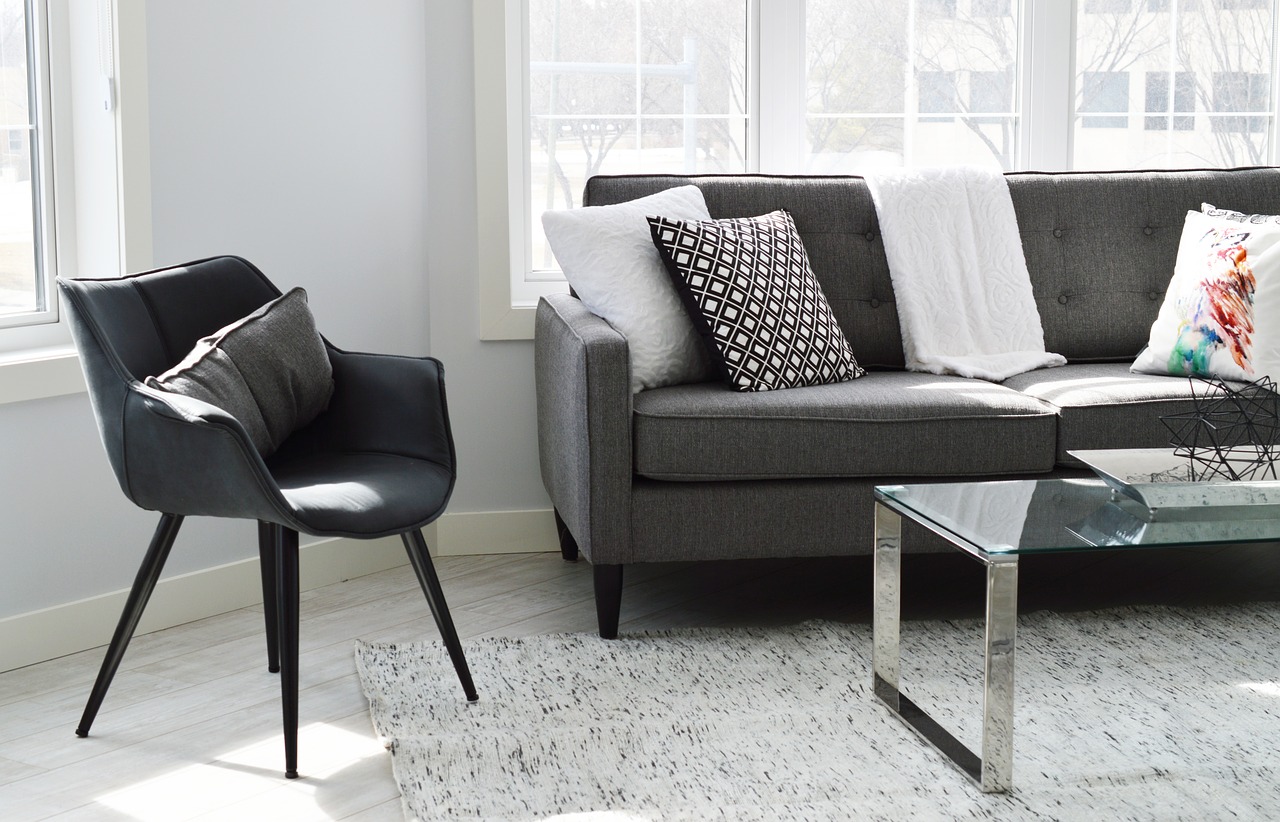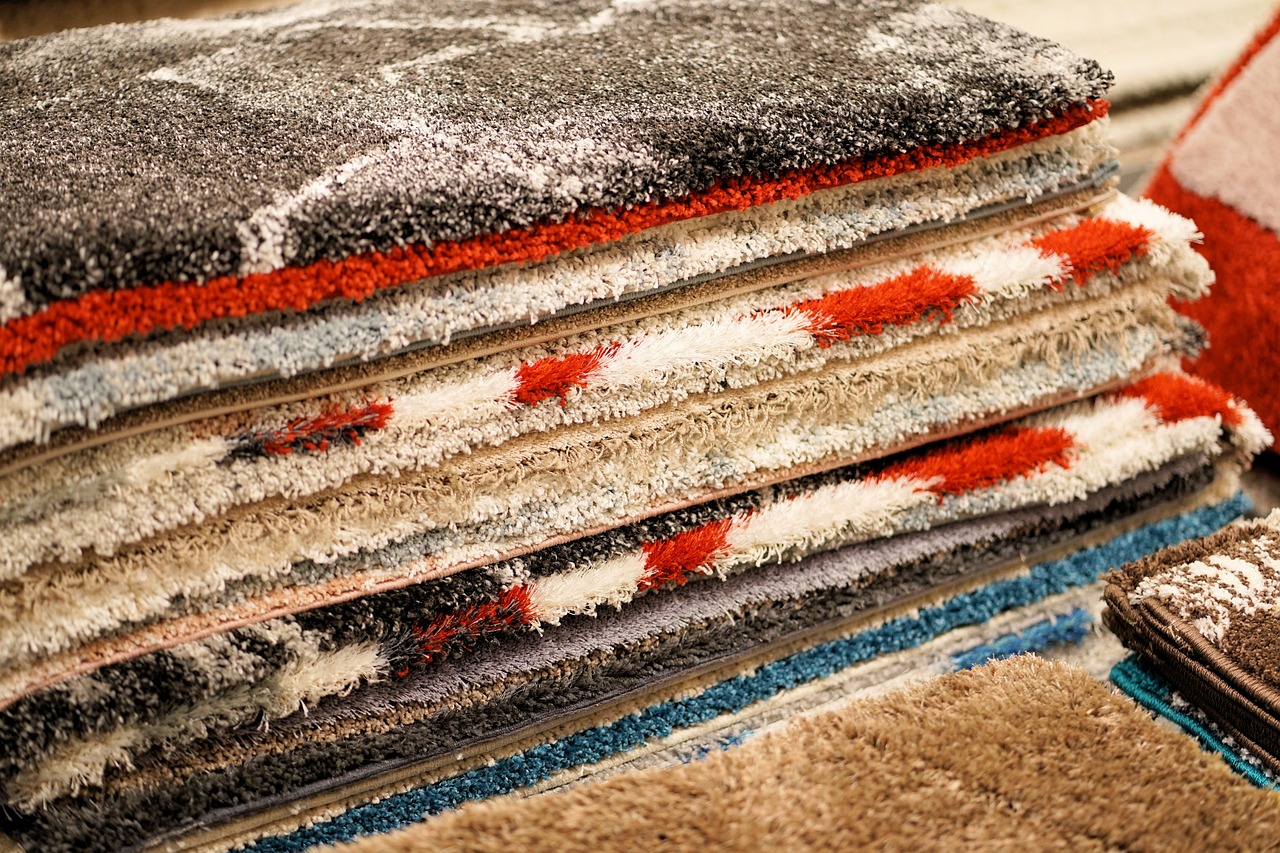Minimalist interior design has been a popular trend for many years, thanks to its simple and elegant approach to decorating. With its focus on clean lines, neutral colors, and clutter-free spaces, the minimalist design creates a calming and sophisticated environment that is beautiful and functional. However, while minimalist design often favors hardwood or tile floors, carpet can also be used effectively.
When incorporated thoughtfully, carpet and area rugs can add warmth, texture, and depth to a minimalist space, creating a more comfortable and inviting environment. This blog post will explore tips and ideas for incorporating carpets into a minimalist interior design. From choosing the right color and texture to layering rugs and defining spaces, we’ll cover everything you need to know to create a minimalist space that is both beautiful and functional. So if you’re considering adding carpet to your minimalist home, read on for inspiration and ideas.
Choose a Neutral Color
One of the critical principles of minimalist design is simplicity, and that includes color. When it comes to carpets, choose a neutral color like beige, gray, or cream. These timeless and versatile colors create a cohesive look in your space. Additionally, neutral colors help to make a room feel more expansive and open, which is ideal for a minimalist design.
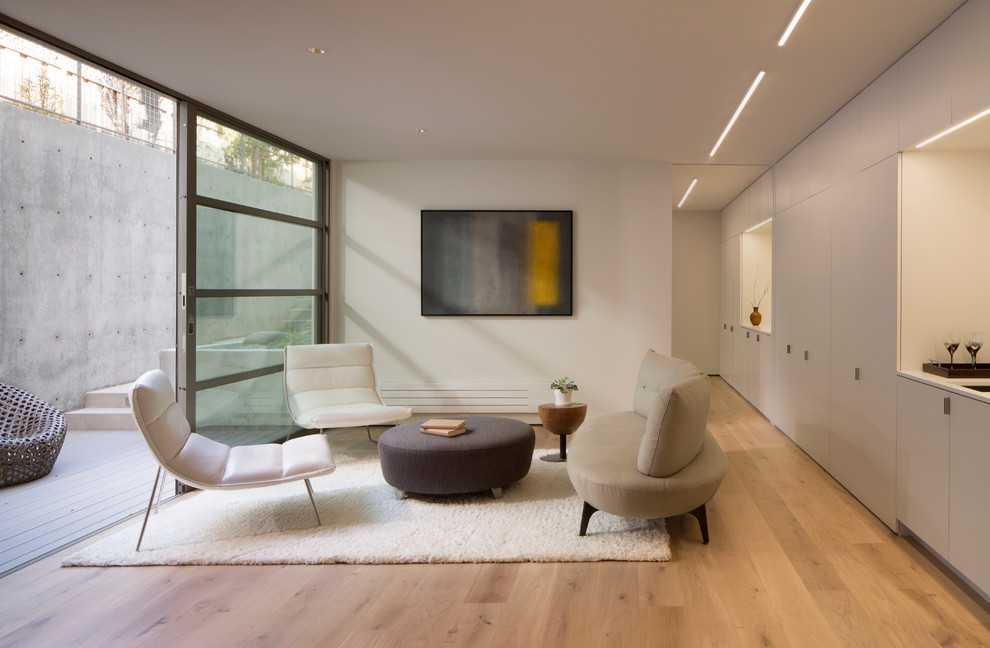
Photo by NorthWall Builders, Inc.
Keep the Pile Low
Minimalist design favors clean lines and minimal texture, so choosing a carpet with a low pile is best. A soft pile carpet has shorter fibers, which creates a smoother, more streamlined appearance. This type of carpet is also easier to clean, which is a practical consideration in any home.
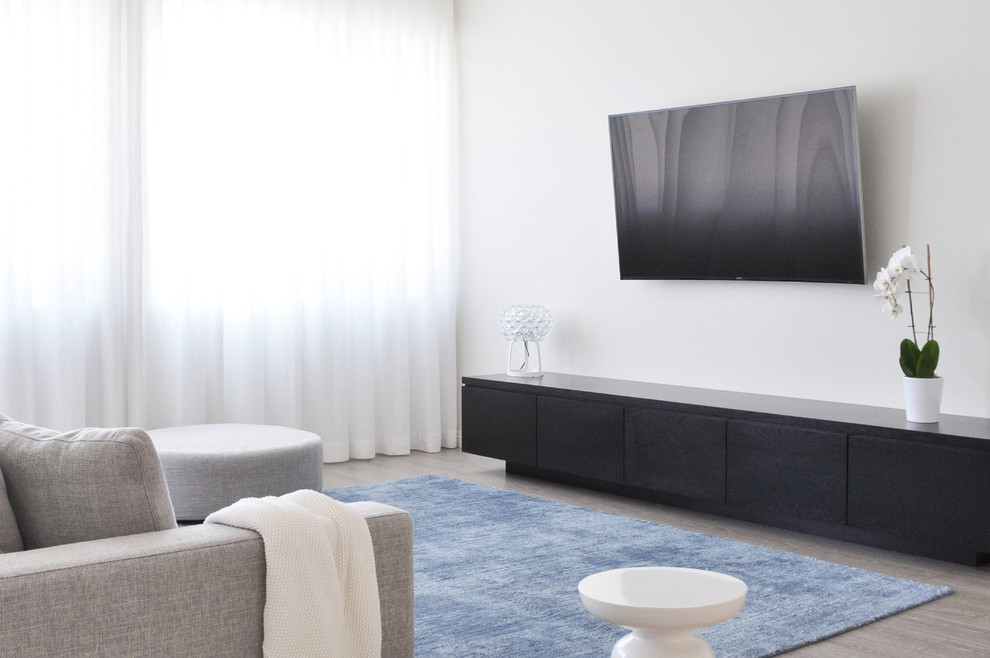
Photo by Gennaro Fattore Design
Embrace Texture
While a low pile is best for the overall appearance of a minimalist design, you can still incorporate texture in other ways. Consider adding a shag rug or a textured throw to your space. These items will create visual interest without overwhelming the simplicity of the design.
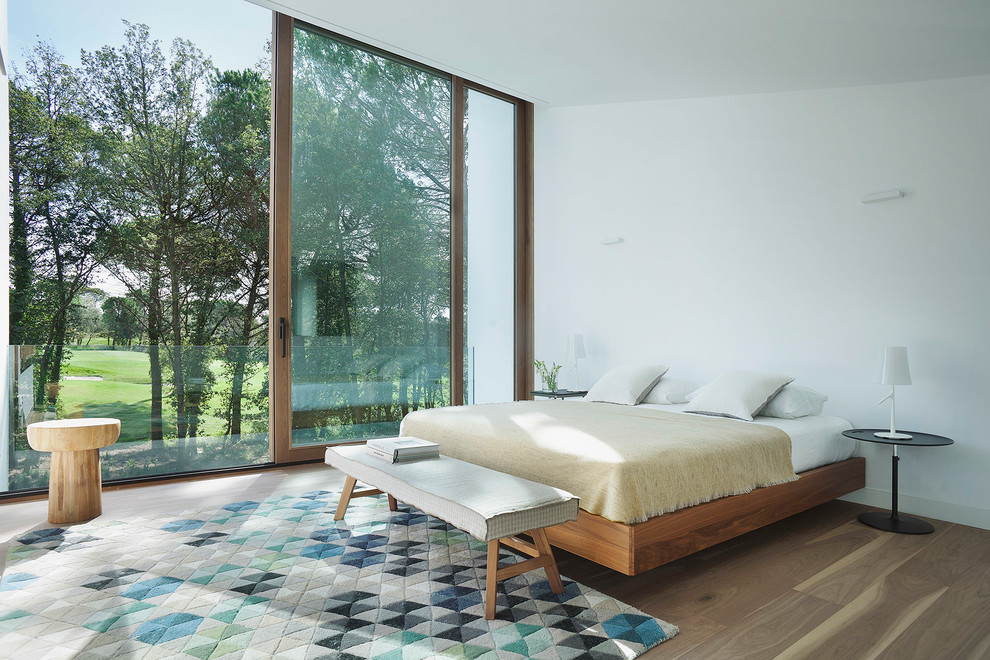
Choose the Right Pattern
If you want to add some pattern to your space, choose a minimalist pattern that complements the overall design. A subtle stripe or geometric pattern can work well in a minimalist design, but avoid anything too bold or busy. The pattern should be understated and not compete with other elements in the space.
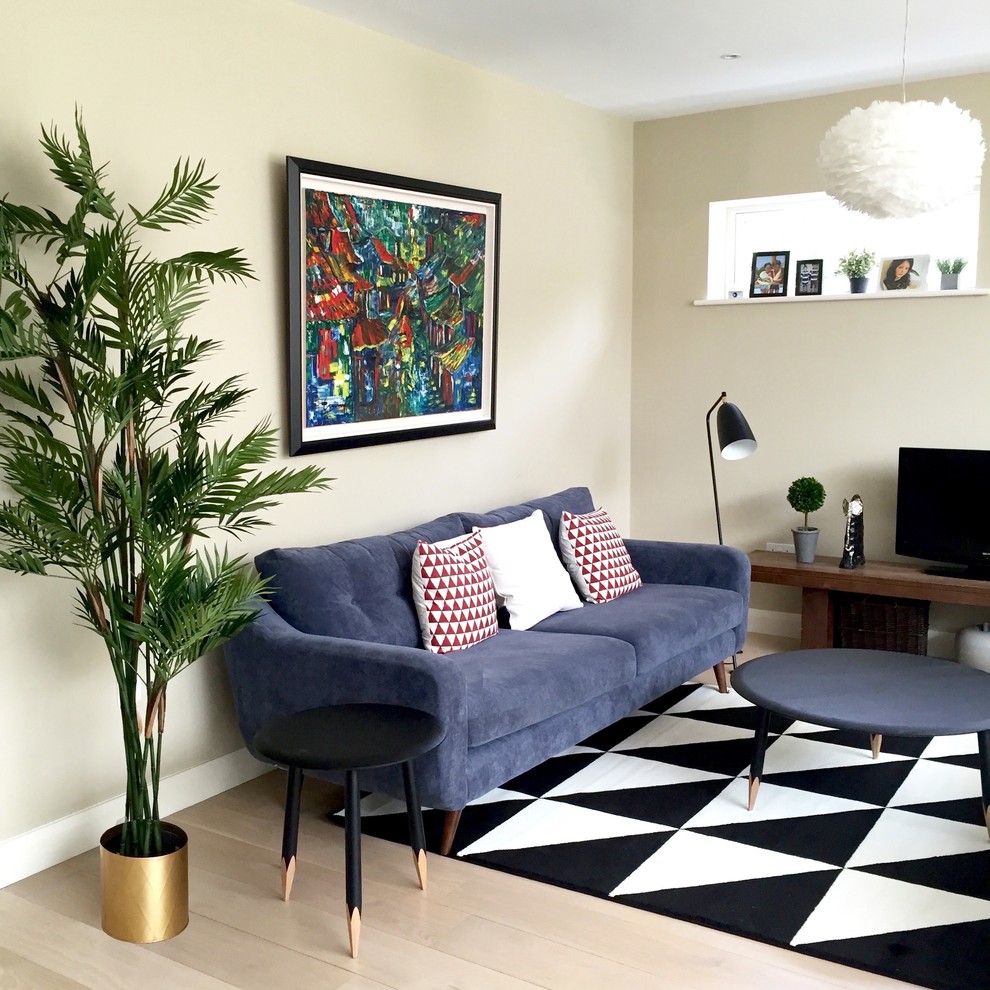
Use Carpet to Define Spaces
In an open-concept living area, carpet can define different spaces. For example, a large area rug in the living room can help to create a distinct seating area. This is especially useful in a minimalist design, where few other visual cues define spaces.
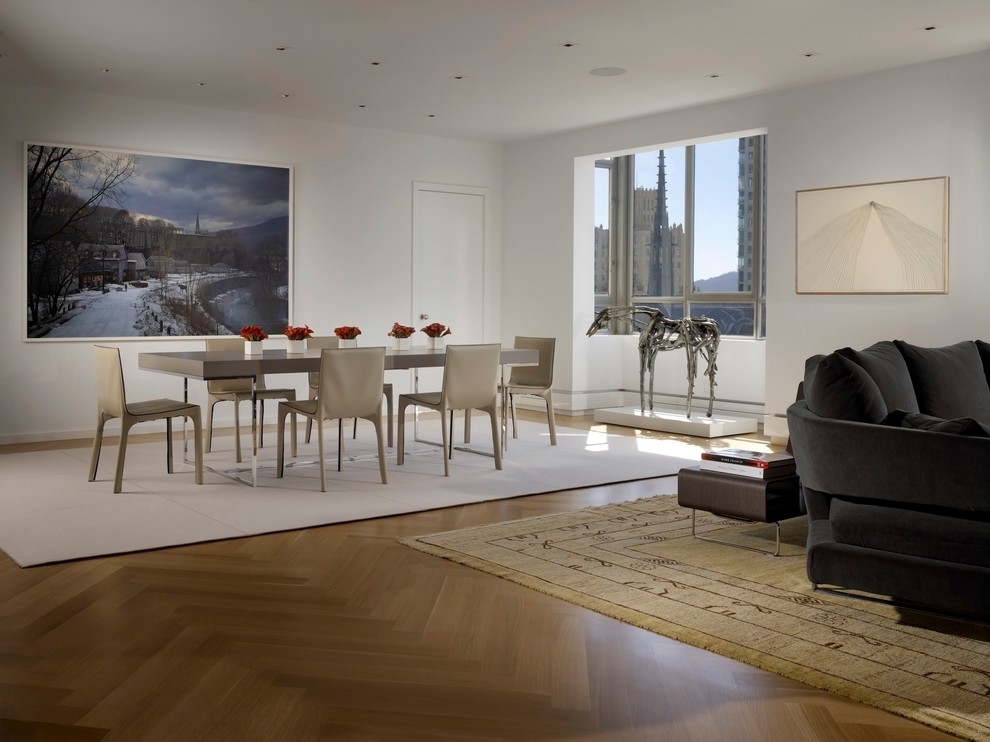
Layer Your Carpets
Layering carpets is a great way to add depth and texture to a minimalist design. Start with a neutral base carpet, then layer a smaller rug. This can be a great way to add color or pattern without overwhelming the overall design.
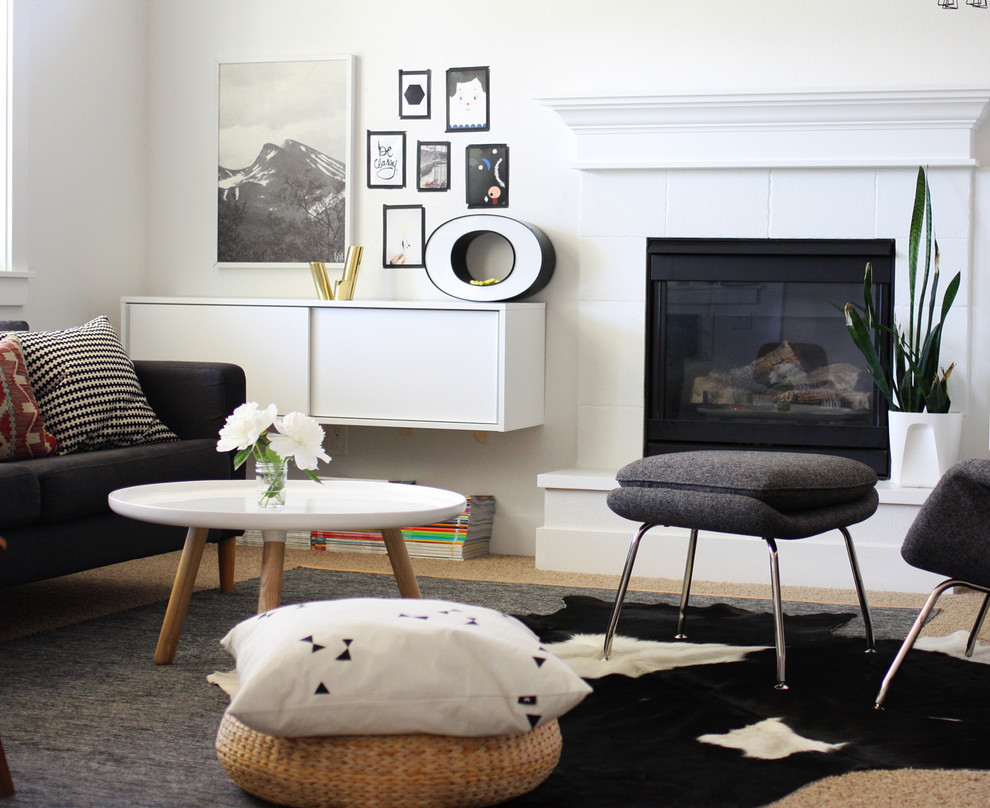
Keep it Simple
Finally, the most important thing to remember when incorporating carpet into a minimalist design is to keep it simple. Avoid anything that feels fussy or overly ornate. Stick to clean lines, simple shapes, and neutral colors. This will help create a cohesive, calming space that is true to minimalist design principles.
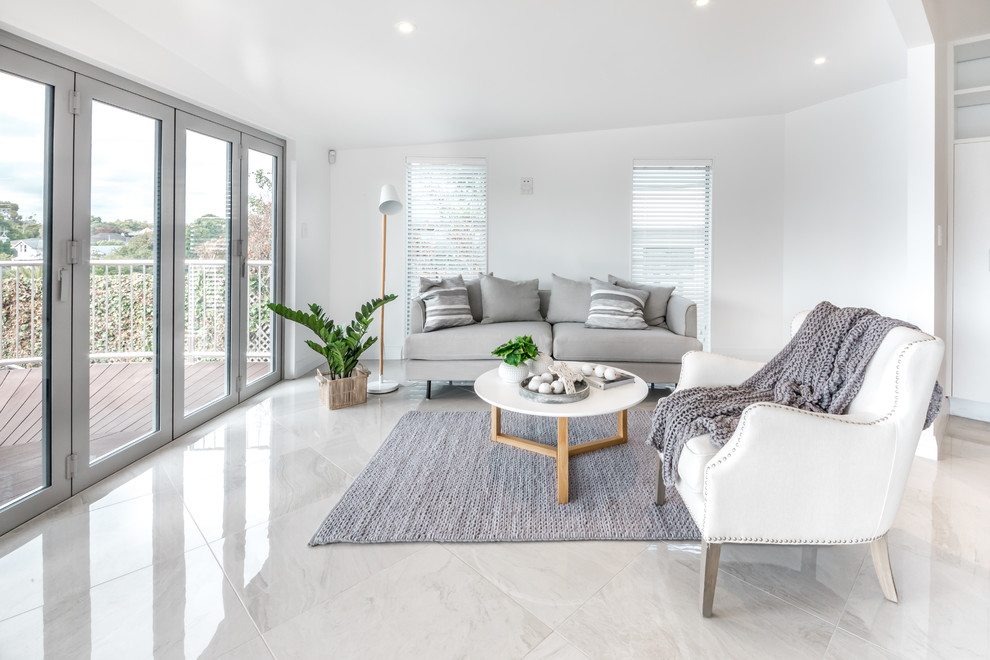
Photo by Simone van der Plas Encompass Ideas
Final Thoughts
Incorporating carpet into a minimalist interior design can be a great way to add warmth and texture to your space. By choosing the right color, texture, and pattern and keeping the overall design simple and streamlined, you can create an area that is both elegant and comfortable. So if you’re considering carpet for your minimalist home, remember these tips and prepare to create a great space.


